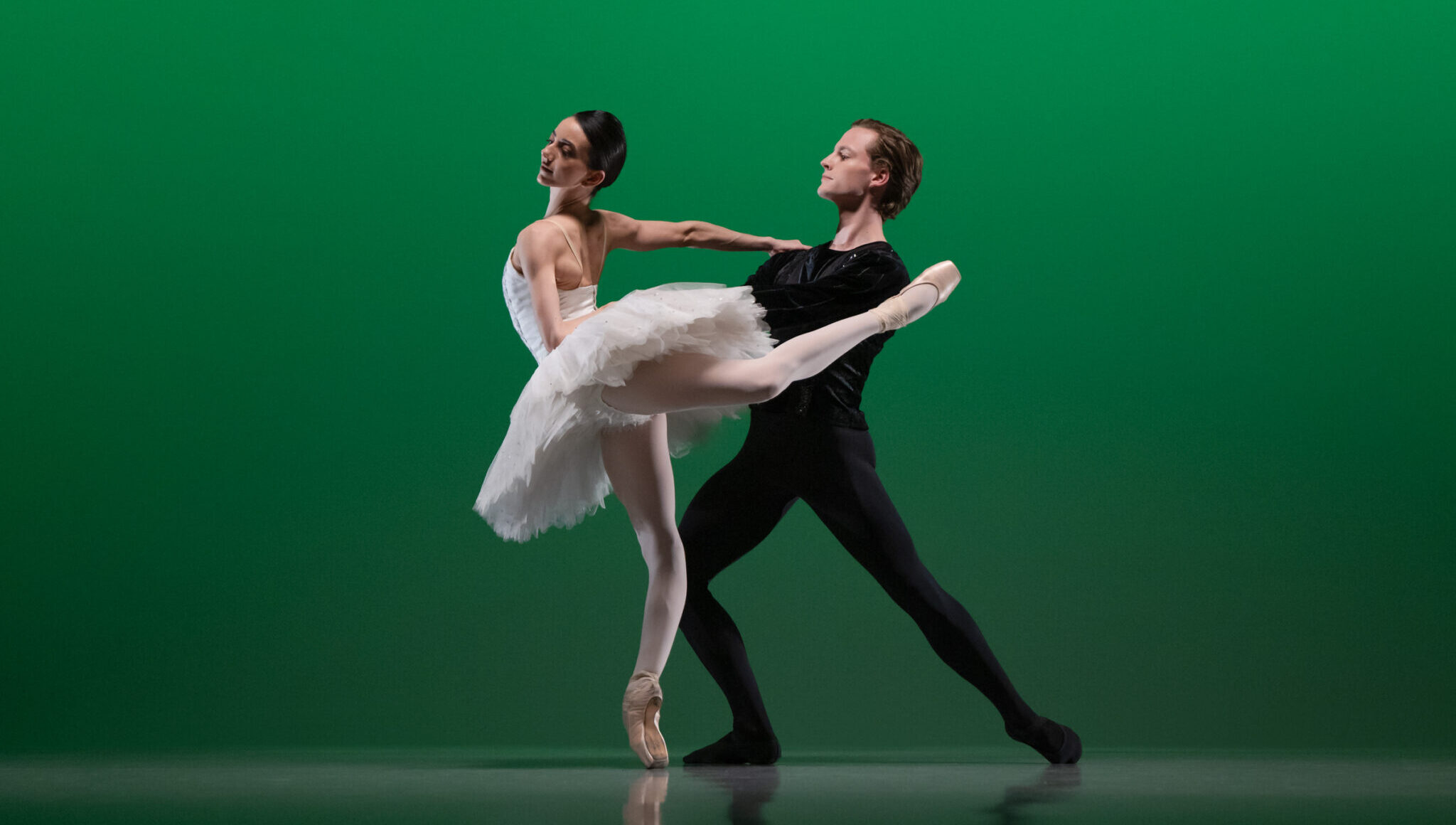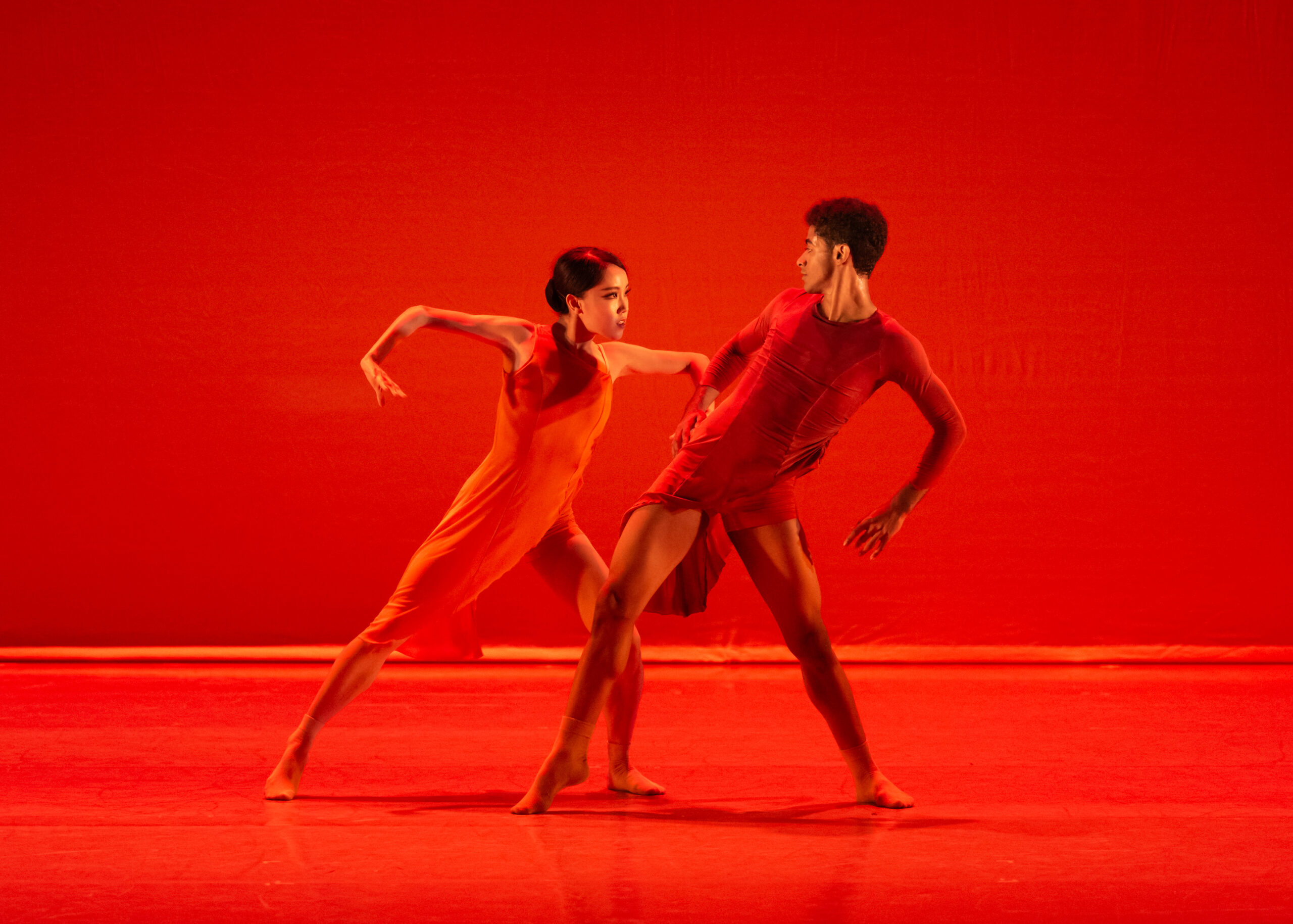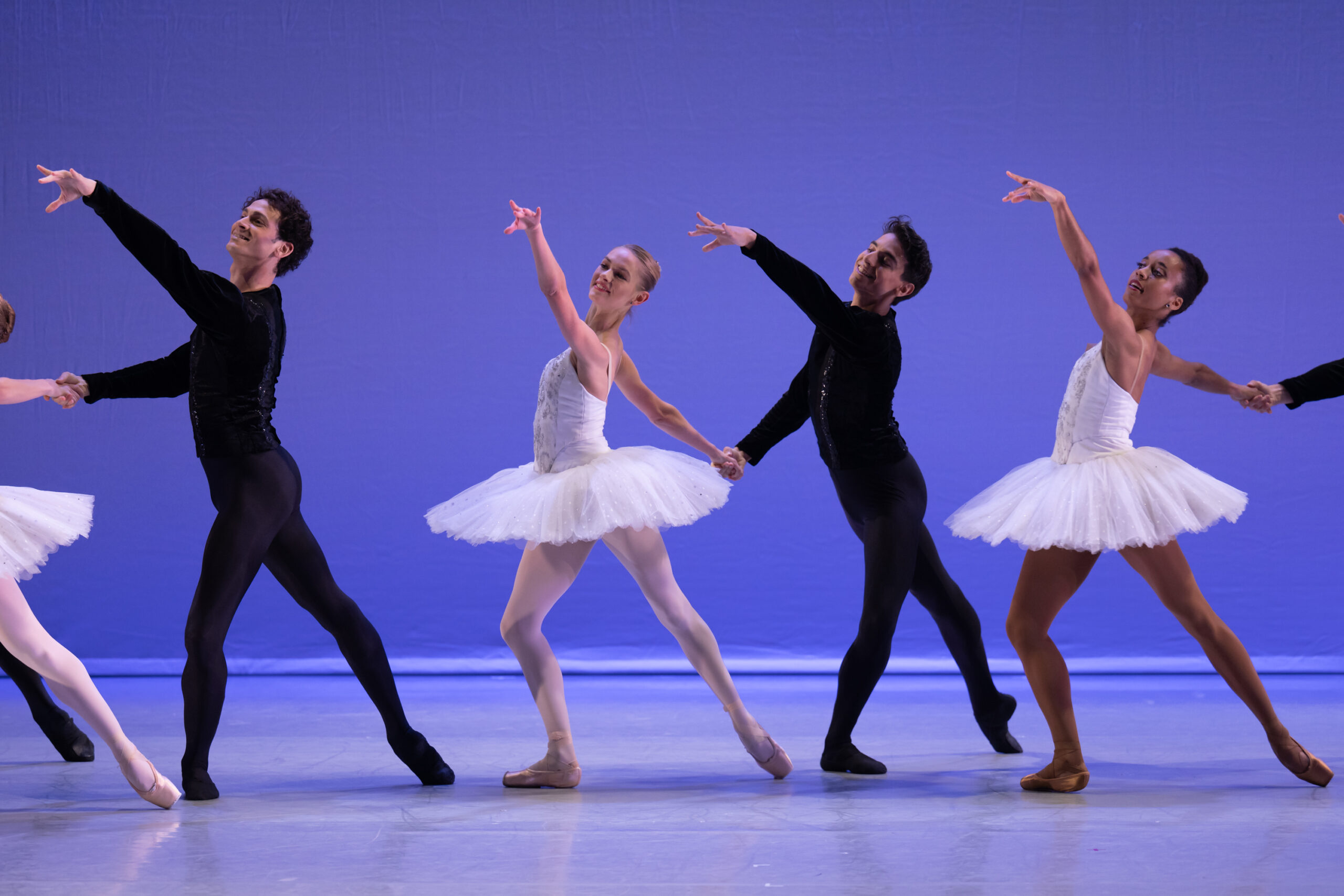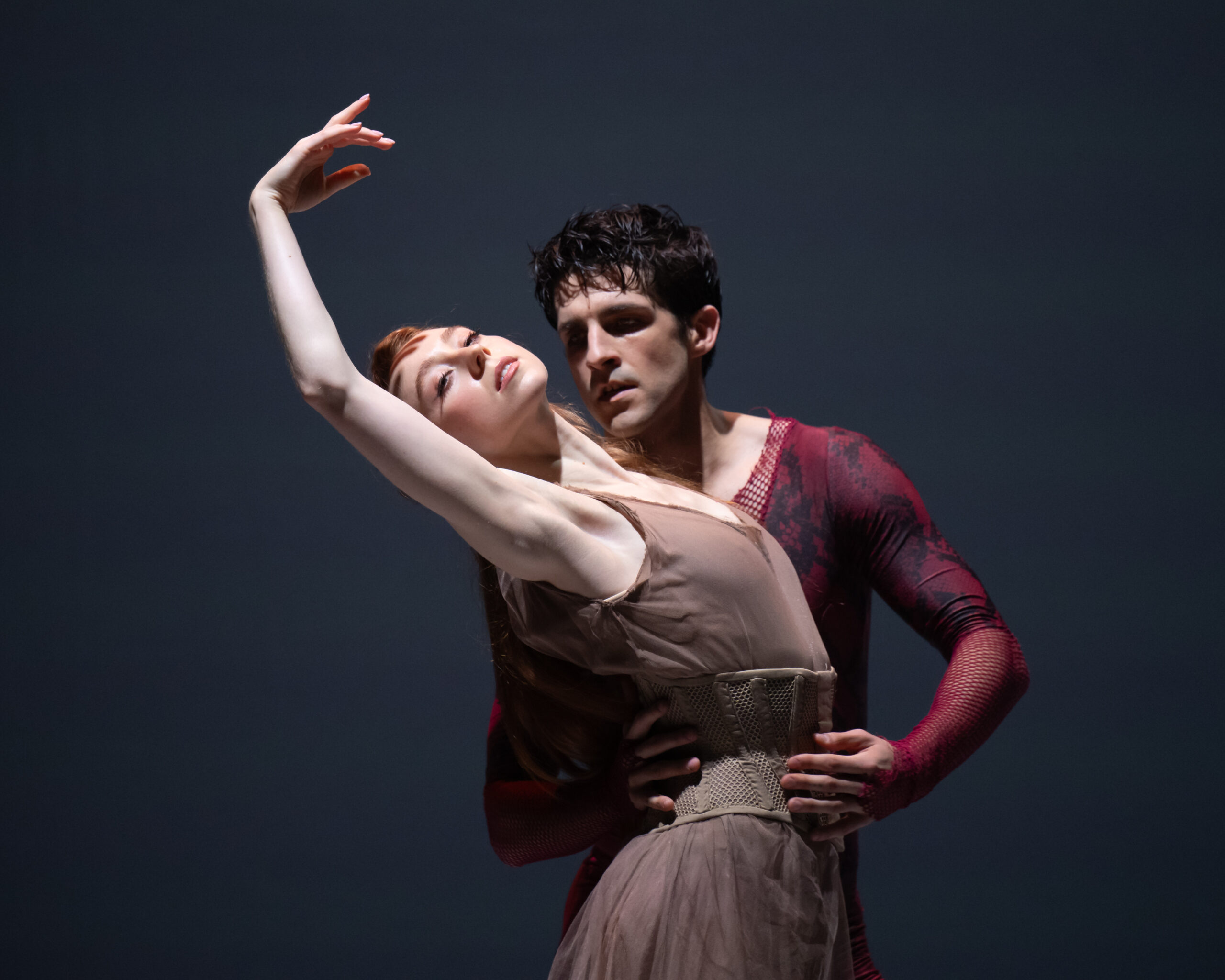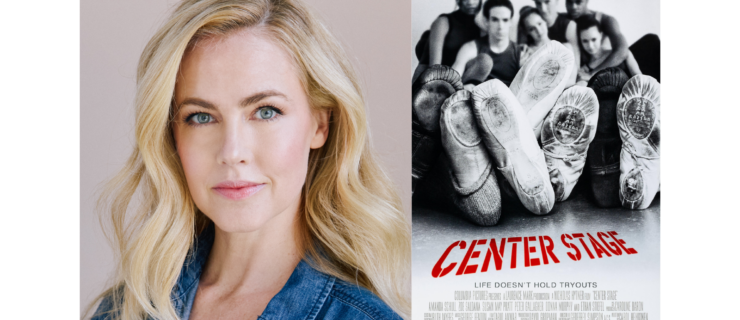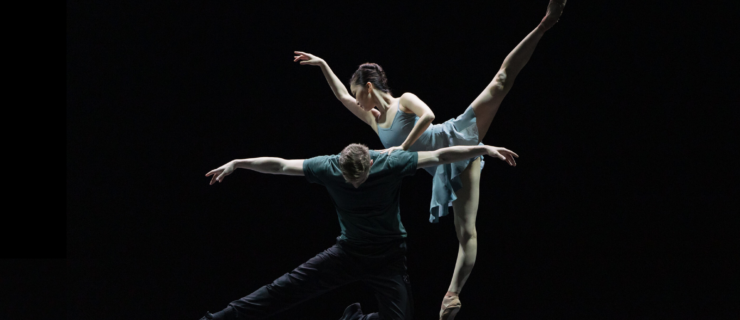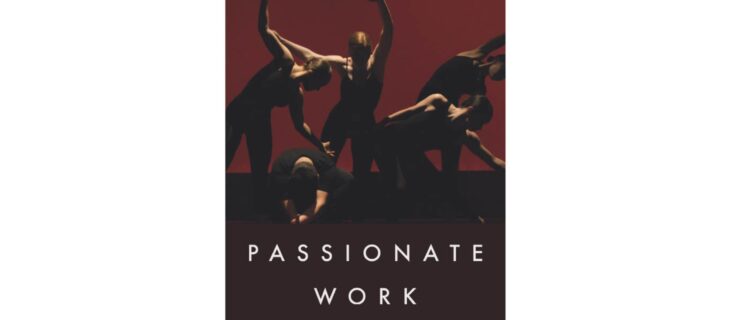London City Ballet’s Revival Brings 4 U.S. Premieres to The Joyce
Christopher Marney is not trying to create the next Royal Ballet.
With his revival of London City Ballet—which Marney has relaunched with a 45-performance world tour in 2024—he wants to fill a different niche than the big powerhouse ballet companies do. The original London City Ballet was founded in 1978 but closed in 1996 due to financial struggles. Though it served as the resident company of Sadlers’ Wells, it also toured throughout the UK with none other than Princess Diana as its patron.

The seed for LCB’s eventual rebirth was planted in Marney’s childhood. He saw the company perform in the 1980s, when it toured venues outside London and made dance accessible to audiences across the UK. It was Marney’s first exposure to dance. Now, he has revived the company after the 28-year hiatus with a debut tour this past summer.
As artistic director, Marney is taking LCB global. “Larger companies aren’t really able to tour as extensively,” he tells Pointe during a phone interview, calling from the Chinese leg of LCB’s world tour, which has also included stops in the UK and Europe. This month, the company heads to New York City’s Joyce Theater with four U.S. premieres September 17–22.
Extensive touring is one ingredient of Marney’s vision. Reviving works by known choreographers is another. “Chamber works for smaller casts—works that the bigger ballet companies don’t do anymore—they’re for an intimate setting and smaller venues, and there are so many by different choreographers that are set for a revival,” he says. Sir Kenneth MacMillan’s Ballade, which Marney restaged with the help of Deborah MacMillan in 2023 at Kaatsbaan Cultural Park, was one such piece—it had not been seen onstage in Europe since 1972. (Ballade is part of LCB’s larger Resurgence program, but will not be performed at The Joyce.)
With this vision in place, Marney assembled a diverse roster of 16 dancers after auditioning thousands of hopefuls in January 2024. “We have about nine different nationalities,” he says, “which brings richness to the work with dancers who are coming from different training backgrounds and different experiences.” Alongside fresh young faces, audiences can catch stars including Alina Cojocaru and Alejandro Virelles on tour.
While the roster and tour destinations are international, Marney selected an all-British program with a throughline of narrative—“I love the idea of bringing short stories to audiences,” he says—for the company’s relaunch.
The works are also, intentionally, a little risky: “I’m sort of opening a can of works that people haven’t seen before, which obviously means they’re not tried-and-tested. But I was adamant not to just program Act II from Swan Lake,” says Marney.
The Joyce program includes Liam Scarlett’s Consolations & Liebestraum, set to music by Franz Liszt. “That’s a really poignant work. It was a ground-breaking piece that launched his career in 2009 and hasn’t been staged since,” he continues. Larina Waltz, by Ashley Page, has had only a few professional performances since its premiere in 1993. Alongside revivals, Marney plans to have at least one entirely new work per year. “It’s important for the identity of the company that we also do have work made on us,” he explains. He tapped Olivier Award–winning choreographer Arielle Smith, whose new Five Dances he describes as an “upbeat, interesting piece” set to a score by John Adams.
Closing out the program is Marney’s Eve, a close look at the Biblical tale from Eve’s perspective. “The piece journeys to a positive outcome and a bright future. And I felt that had similarities to what I was trying to do with the relaunching of London City Ballet.”
